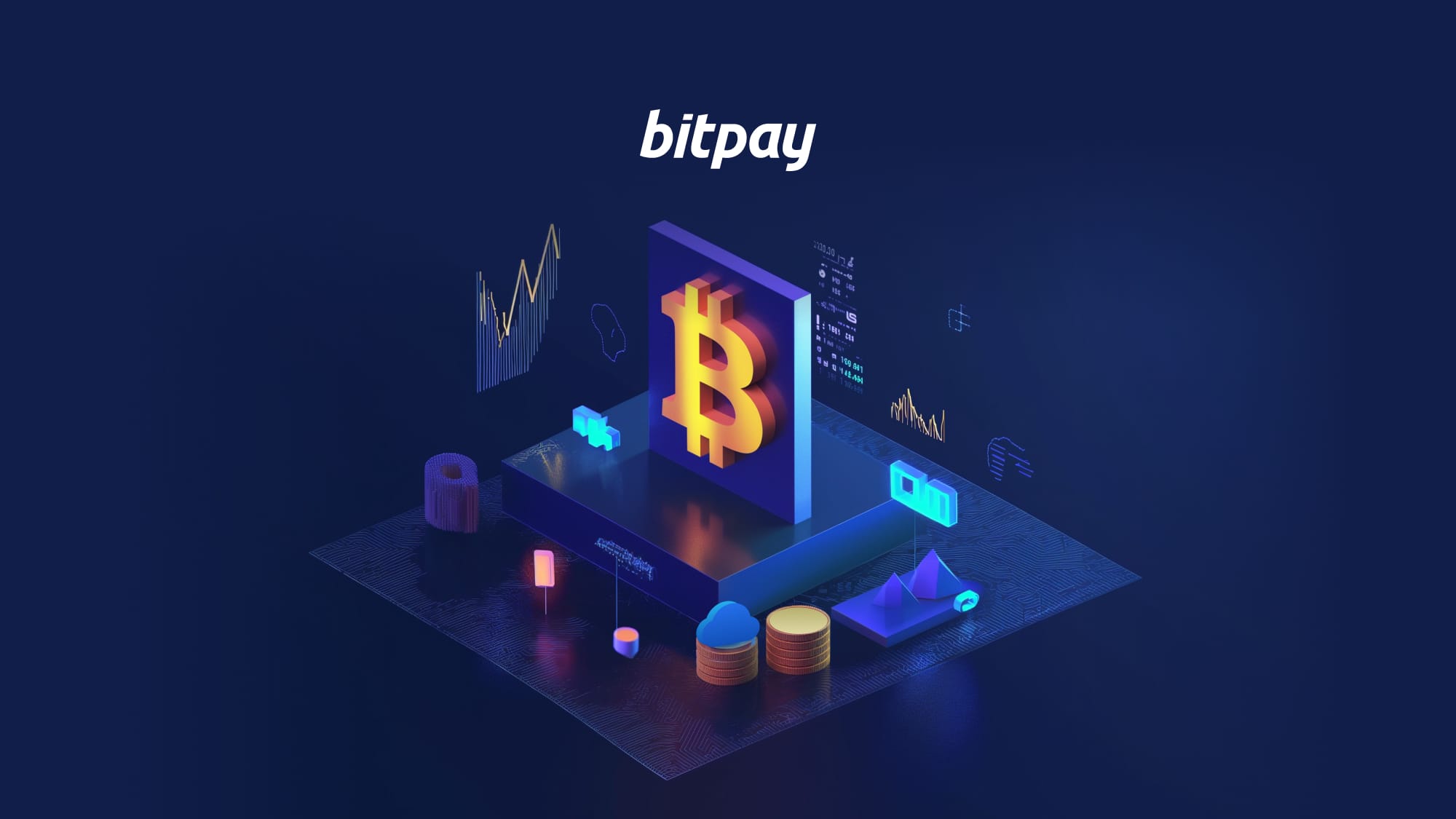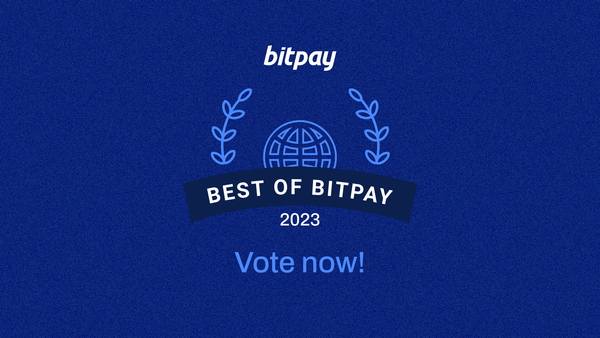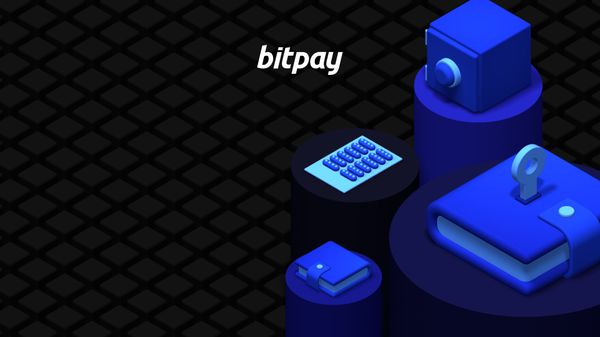A Bitcoin ETF is a security that aims to track the price of Bitcoin.
They could provide a more simple way of investing in Bitcoin for those without a wallet or exchange account.
There are different types of ETFs that function in different manners, including futures and spot.
In early January 2024, the SEC approved several spot Bitcoin ETFs to be publicly traded, including options from iShares Bitcoin Trust (IBIT), Grayscale Bitcoin Trust (GBT), Fidelity Wise Origin Bitcoin Fund (FBTC), and many others.
Risks, benefits, and regulatory concerns are a few things to consider when looking into Bitcoin ETFs as an investment.
Many financial assets have exchange-traded funds (ETFs). These are investment vehicles that provide exposure to a basket of related assets. For example, there are ETFs for technology stocks, semiconductor stocks, defense-sector stocks, corporate bonds, government bonds, and much more.
A few of the most common providers of ETFs include large investment firms like Blackrock, iShares, and Van Eck. These firms hold a variety of individual stocks, create shares of an ETF, and make those shares available to the public on a stock exchange.
When it comes to Bitcoin, a spot ETF involves asset managers creating an ETF that is backed by Bitcoin rather than equities.
What is a Bitcoin ETF?
A Bitcoin ETF is a fund that offers investors exposure to Bitcoin. Shares of the fund represent ownership of something Bitcoin-related. They have a ticker symbol and can be traded on an exchange like an individual stock.
The main difference between a Bitcoin ETF and a traditional ETF involves the asset(s) that underlie the ETF shares. Most funds hold a basket of stocks or bonds. Bitcoin ETFs hold Bitcoin or assets that correlate to Bitcoin. Futures ETFs hold futures contracts, or bets on the price of Bitcoin. A spot Bitcoin ETF would hold only Bitcoin.
Types of Bitcoin ETFs
Not all Bitcoin ETFs are created the same. Depending on the type of ETF, investors could be purchasing very different products. The two main types of Bitcoin ETFs are Bitcoin futures ETFs and spot Bitcoin ETFs.
Until January 2024, the U.S. market primarily offered Bitcoin futures ETFs. These ETFs invest in futures contracts, which are agreements to buy or sell Bitcoin at a future date at a predetermined price. While they aim to track the price of Bitcoin, they do not provide direct exposure to the actual Bitcoin asset. Futures ETFs often involve higher fees and greater volatility compared to spot ETFs. They are typically more suitable for sophisticated investors who understand the complexities of futures contracts, including the need for continuous rollover of these contracts. This rollover process can incur additional costs, known as rollover fees, which are passed on to the ETF shareholders.
In contrast, spot Bitcoin ETFs, approved by the SEC in January 2024, offer direct exposure to Bitcoin. These ETFs hold actual Bitcoin, and their shares represent a proportional ownership of these coins. Managed by trusted custodians, spot ETFs aim to reflect the real-time value of Bitcoin, offering a more straightforward investment option for those seeking direct exposure to the cryptocurrency's price movements. In some cases, spot ETFs may even allow shareholders the option to redeem their shares for the underlying Bitcoin, although this is subject to the specific ETF's policies and market conditions.
Investors should carefully consider these distinctions when choosing between futures and spot Bitcoin ETFs. While futures ETFs might appeal to those with a deeper understanding of derivative markets and a higher risk appetite, spot ETFs could be more aligned with investors seeking a more direct and potentially less complex investment in Bitcoin. As with any investment, it's essential to weigh the specific characteristics and risks of each ETF type against one's investment strategy and risk tolerance.
Benefits of Investing in Bitcoin ETFs
For institutional and retail investors alike, a Bitcoin ETF provides a simple, easy way to invest in Bitcoin. Institutions and other large investors like family offices have no clear way to invest in Bitcoin while complying with regulatory standards.
For the average individual, buying and holding Bitcoin requires some research and technical knowledge. Signing up for an exchange account, maintaining a self-custody wallet, and learning how to manage their portfolio - these are responsibilities that some may not want to take on.
A Bitcoin ETF could be an easy fix to these hurdles. Being responsible for the security of one’s coins becomes irrelevant. Investors can simply buy and hold shares in their brokerage or retirement accounts. Regulatory concerns also vanish. To be listed on an exchange like the NYSE, the product must be approved by the SEC. Trading such a security can be done with ease.
Risks and things to consider when it comes to crypto ETFs
Investing in Bitcoin ETFs, whether spot or futures-based, involves exposure to the inherent volatility of the underlying cryptocurrency. This volatility can lead to significant price fluctuations, which is a crucial factor for investors to consider. While these ETFs provide a more accessible route to investing in Bitcoin, they do not shield investors from the market's high volatility.
In comparison to direct Bitcoin ownership, spot Bitcoin ETFs hold actual Bitcoin, aiming to closely track its market price. However, investors should be aware of the potential tracking error. This error arises when the ETF's share price does not perfectly mirror the price movements of Bitcoin due to factors like fund expenses and the timing of trades. This discrepancy can affect the investment's performance relative to holding Bitcoin directly.
Regulatory uncertainty is another significant consideration. The cryptocurrency market is still evolving, and changes in regulations can impact the legality, trading, and valuation of Bitcoin ETFs. For instance, future regulatory developments could influence the operational aspects of these ETFs, such as custody and compliance requirements, potentially affecting their performance and accessibility.
Furthermore, investors should be mindful of the custodianship risks associated with spot Bitcoin ETFs. Since these ETFs hold large amounts of Bitcoin, they become attractive targets for cybercriminals. While ETF managers employ robust security measures, the digital nature of Bitcoin makes it susceptible to cybersecurity risks. Any successful breach could have severe implications for the ETF's stability and investor confidence. Therefore, understanding these risks and how they align with individual risk tolerance and investment objectives is essential before investing in Bitcoin ETFs.
How to Invest in Bitcoin ETFs
Investing in Bitcoin ETFs isn’t too difficult. It requires a little research and placing a trade.
First, investors will have to decide which ETF is right for them. Factors to consider include things like the fees involved (referred to as the expense ratio), share price, and what assets the fund invests in. After that, simply navigate to your brokerage account, enter the ticker symbol, and place a trade. For example, BITO is a Bitcoin futures ETF. It can be traded just like a stock.
Of course, it will be up to each individual investor to decide their ideal allocation to Bitcoin.
Road to regulatory approval in the US
For a number of years, investment firms struggled to bring Bitcoin ETFs to market. The reason has to do with U.S. regulators’ reluctance to approve such products.
Grayscale, for example, tried many times to convert its trust, the Grayscale Bitcoin Trust (GBTC) into a spot ETF. Each time prior to January 2024, they were rejected by the Securities and Exchange Commission (SEC).
Throughout 2023, many of the world’s largest asset managers began filing applications for spot Bitcoin ETFs with the SEC. Fidelity, Blackrock, and Charles Schwab were just a few names on the list. These investment products would all eventually be approved simultaneously on January 10th, 2024.
But why did it take so long for the SEC to grant such approval? The answer to this question is long and complex, and could have an entire article dedicated to it.
In the distant past, Bitcoin was such a new and unfamiliar asset class that it’s not surprising regulators wanted nothing to do with it. Bitcoin was perceived as unsafe, not secure, and too volatile.
More recently, the negative events surrounding Bitcoin and crypto might have played a role. 2022 saw the collapse of Luna and the UST stablecoin, followed by the collapse of the FTX exchange and many centralized lenders like Celsius, BlockFi, and Vauld. Considering the magnitude of these failures and the way they reflected negatively on the entire crypto industry, regulator approval of spot Bitcoin ETFs in January 2024 is a beacon of positivity for cryptocurrency.
As for why regulatory approval came when it did, much can be gleaned from the statements made by SEC Chair Gary Gensler on January 10th. A few statements stand out from his commentary, including this:
In other words, the SEC was willing to approve a Bitcoin-only product, but may be more reluctant to approve exchange-traded products for other cryptocurrencies. Gensler has expressed similar sentiments several times in the past, stating his view that Bitcoin is a commodity, while other cryptos are securities.
Gensler also explained that the decision to approve all Bitcoin spot ETFs was influenced by the SEC’s defeat in Grayscale’s lawsuit against them:
Approved ETFs
On January 10, 2024, the SEC approved 10 different spot ETFs at the same time. Fidelity, iShares, BitWise, Invesco, and many others now have their Bitcoin ETFs listed on the NYSE. We've included a list of spot Bitcoin ETFs and their fees as of January 22, 2024:
- Bitwise Bitcoin ETF (BITB): 0.20%
- Ark 21Shares Bitcoin ETF (ARKB): 0.21%
- iShares Bitcoin Trust (IBIT): 0.25%
- VanEck Bitcoin Trust (HODL): 0.25%
- Fidelity Wise Origin Bitcoin Fund (FBTC): 0.25%
- Franklin Templeton Digital Holdings Trust (EZBC): 0.29%
- WisdomTree Bitcoin Fund (BTCW): 0.30%
- Invesco Galaxy Bitcoin ETF (BTCO): 0.39%
- Valkyrie Bitcoin Fund (BRRR): 0.80%
- Grayscale Bitcoin Trust (GBTC): 1.50%
These ETFs are designed to track the price of Bitcoin, and the funds hold real, “physical” BTC. However, there’s no guarantee that the share price will deliver the same exact returns as the underlying asset.
Grayscale’s GBTC was converted from a trust into an ETF at the same time the other new ETFs were approved. The nine new funds saw inflows of $2.9 billion in the first four days of trading, while GBTC saw $1.62 billion in outflows.
Wrap up on Bitcoin ETFs (for now)
In summary, Bitcoin ETFs bring Bitcoin to a much wider pool of investors. For most of Bitcoin’s history, it was difficult for certain groups of people to invest in Bitcoin directly. This has now changed, with the approval of spot ETFs.
Investing in Bitcoin ETFs is similar to investing in any other security. Investors can select the appropriate ticker symbol and place a buy order with the broker of their choice.
Anticipation of the ETF approval was thought to be a big factor in Bitcoin’s 150% rally in 2023. Since then, the price has pulled back about 20%, falling beneath the $40,000 level.
Now that a mainstream investment vehicle for Bitcoin has been made available, it is likely to unleash a flood of demand into the market.
All information in this article is for educational purposes only, and shouldn't be interpreted as investment advice. BitPay is not liable for any errors, omissions or inaccuracies. The opinions expressed are solely those of the author, and do not reflect views of BitPay or its management. For investment or financial guidance, a professional should be consulted.


